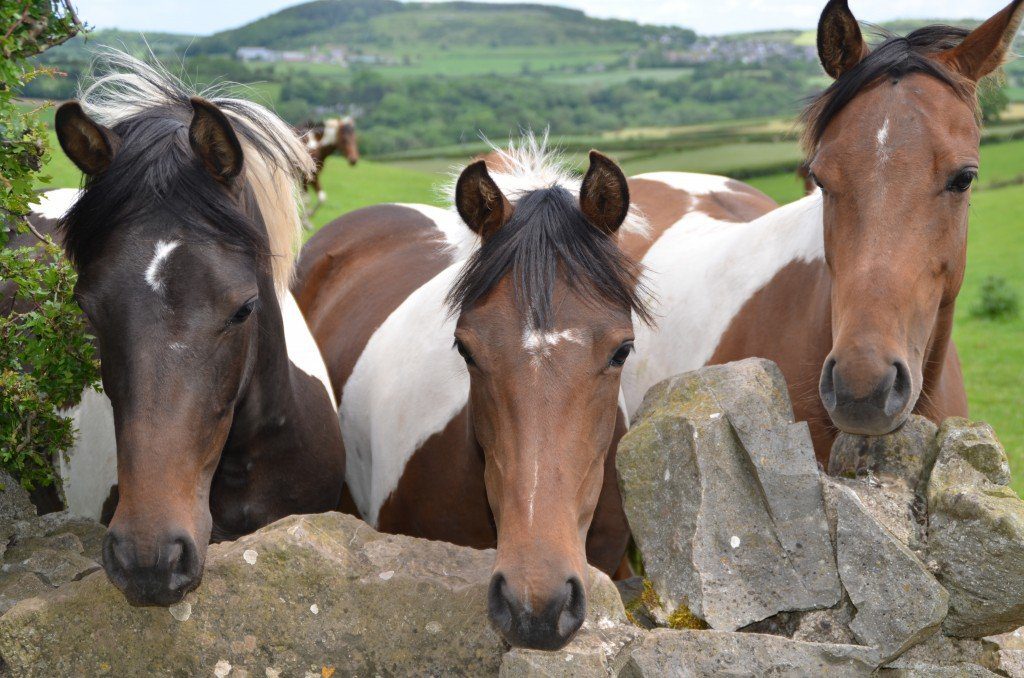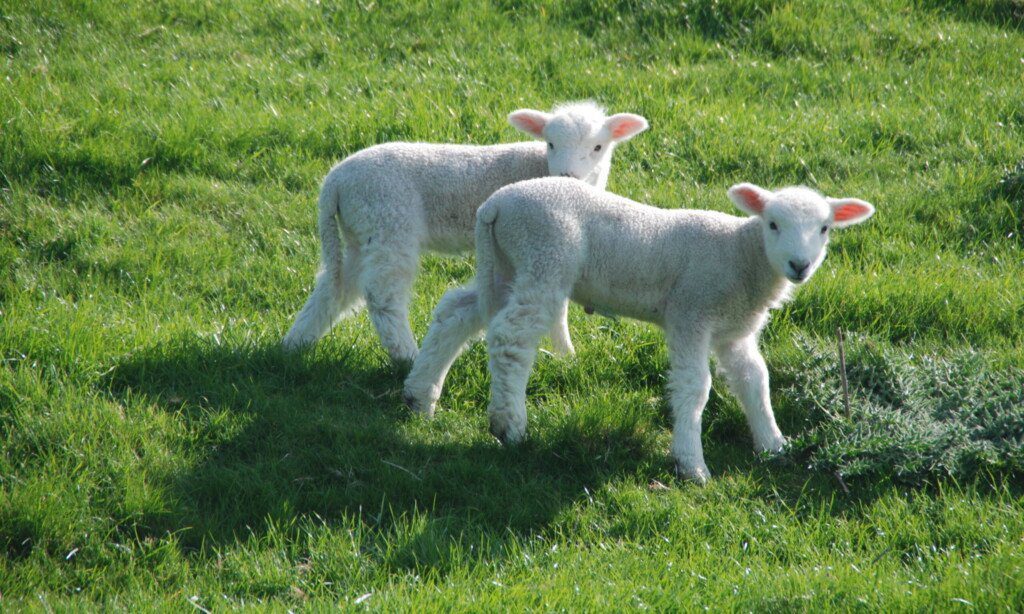MIMIMUM IMPACT HIKING
How to behave in the countryside
THE COUNTRYSIDE CODE
The Countryside Code is essentially a commonsense guide to how to behave in the countryside. It was originally drawn up in the 1950s (and was then called the ‘Country Code). Its been revised and relaunched several times though it’s central message remains the same:
When you visit rural parts of the UK, don’t be a pillock.
In other words, don’t be thoughtless, and have some consideration for those who make their living there. If you manage to obey that simple rule, you won’t be going too far wrong.
If you still need more guidance in how to behave, an adapted version of the 2016 Code, launched under the logo ‘Respect. Protect. Enjoy.’ is reprinted here:
Respect other people
● Consider the local community and other people enjoying the outdoors Be sensitive to the needs and wishes of those who live and work there. If, for example, farm animals are being moved or gathered, keep out of the way and follow the farmer’s directions. Being courteous and friendly to those you meet will ensure a healthy future for all based on partnership and co-operation.

Offa’s Dyke
● Leave gates and property as you find them and follow paths unless wider access is available A farmer normally closes gates to keep farm animals in, but may sometimes leave them open so the animals can reach food and water. Leave gates as you find them or follow instructions on signs. When in a group, make sure the last person knows whether to leave the gates open or closed. Follow paths unless wider access is available, such as on open country or registered common land (known as ‘open access land’). Leave machinery and farm animals alone – if you think an animal is in distress try to alert the farmer instead. Use gates, stiles or gaps in field boundaries if you can – climbing over walls, hedges and fences can damage them and increase the risk of farm animals escaping. (If you have to climb over a gate because you can’t open it always do so at the hinged end. Also be careful not to disturb ruins and historic sites.)
Stick to the official path across arable/pasture land. Minimise erosion by not cutting corners or widening the path.
Protect the natural environment
● Leave no trace of your visit and take your litter home Take special care not to damage, destroy or remove features such as rocks, plants and trees. Take your litter with you; litter and leftover food doesn’t just spoil the beauty of the countryside, it can be dangerous to wildlife and farm animals.
Fires can be as devastating to wildlife and habitats as they are to people and property – so be careful with naked flames and cigarettes at any time of the year.
● Keep dogs under effective control This means that you should keep your dog on a lead or keep it in sight at all times, be aware of what it’s doing and be confident it will return to you promptly on command. (Visit our page on taking your dog on a long-distance trail for more information on this, including a section specifically on when to keep your dog on a lead.)
Across farmland dogs should always be kept on a short lead. During lambing time they should not be taken with you at all. Always clean up after your dog and get rid of the mess responsibly – ‘bag it and bin it’.
Enjoy the outdoors
● Plan ahead and be prepared You’re responsible for your own safety: be prepared for natural hazards, changes in weather and other events. Wild animals, farm animals and horses can behave unpredictably if you get too close, especially if they’re with their young – so give them plenty of space.
● Follow advice and local signs In some areas there may be temporary diversions in place. Take notice of these and other local trail advice.
